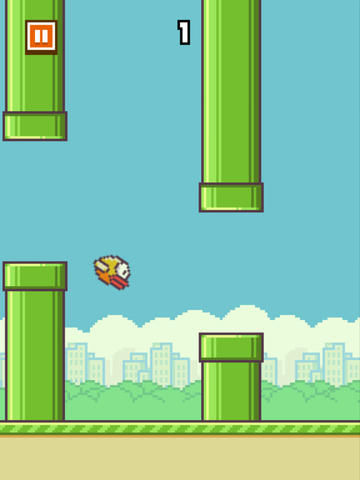From this excellent piece about a mother who decided to take the SATs (and naturally, decided to write a book about it: The Perfect Score Project: Uncovering the Secrets of the SAT), we learn about the history of the SAT exam:
The SATs were administered for the first time on June 23, 1926. Intelligence testing was a new but rapidly expanding enterprise; during the First World War, the United States Army had given I.Q. tests to nearly two million soldiers to determine who was officer material. (Walter Lippmann dismissed these tests as “quackery in a field where quacks breed like rabbits.”) The SAT’s inventor, a Princeton professor named Carl Campbell Brigham, had worked on the Army’s I.Q. test, and the civilian exam he came up with was a first cousin to the military’s. It contained some questions on math and some on identifying shapes. Mostly, though, it focussed on vocabulary. Brigham intended the test to be administered to students who had already been admitted to college, for the purposes of guidance and counselling. Later, he argued that it was foolish to believe, as he once had, that the test measured “native intelligence.” Rather, he wrote, scores were an index of a person’s “schooling, family background, familiarity with English, and everything else.”
By this point, though, the test had already been adopted for a new purpose. In 1933, James Bryant Conant, a chemist, became the president of Harvard. Conant, the product of a middle-class family, was dismayed by what he saw as the clubbiness of the school’s student body and set out to attract fresh talent. In particular, he wanted to recruit bright young men from public schools in the Midwest, few of whom traditionally applied to Harvard. Conant’s plan was to offer scholarships to ten such students each year. To select them, he decided to employ the SAT. As Nicholas Lemann observes in his book “The Big Test” (1999), this was one of those small decisions “from which great consequences later flow.” Not long after Harvard started using the SAT, Princeton, Columbia, and Yale followed suit. More and more colleges adopted the test until, by the mid-nineteen-fifties, half a million kids a year were taking it.
In the early decades of the test, scores were revealed only to schools, not to students. This made it difficult to assess the claim made by the College Board, the exam’s administrator, that studying for the SATs would serve no purpose. Still, a brash young high-school tutor named Stanley Kaplan concluded, based on the feedback he was getting from his pupils, that the claim was a crock. Kaplan began offering SAT prep classes out of his Brooklyn basement. Accusations that he was a fraud and a “snake oil salesman” failed to deter his clientele; the students just kept on coming. In the nineteen-seventies, Kaplan expanded his operations into cities like Philadelphia, Los Angeles, Chicago, and Miami; this is when the Federal Trade Commission decided to investigate his claims. The commission found that Kaplan was right: tutoring did boost scores, if not by as much as his testing service advertised. The College Board implicitly conceded the point in 1994, when it changed the meaning of the SAT’s central “A”; instead of “aptitude” it came to stand for “assessment.” Then the board took the even more radical step of erasing the meaning of the name altogether. Today, the letters “SAT” stand for nothing more (or less) than the SATs. As the Lord put it to Moses, “I am that I am.”
Read the rest here.

